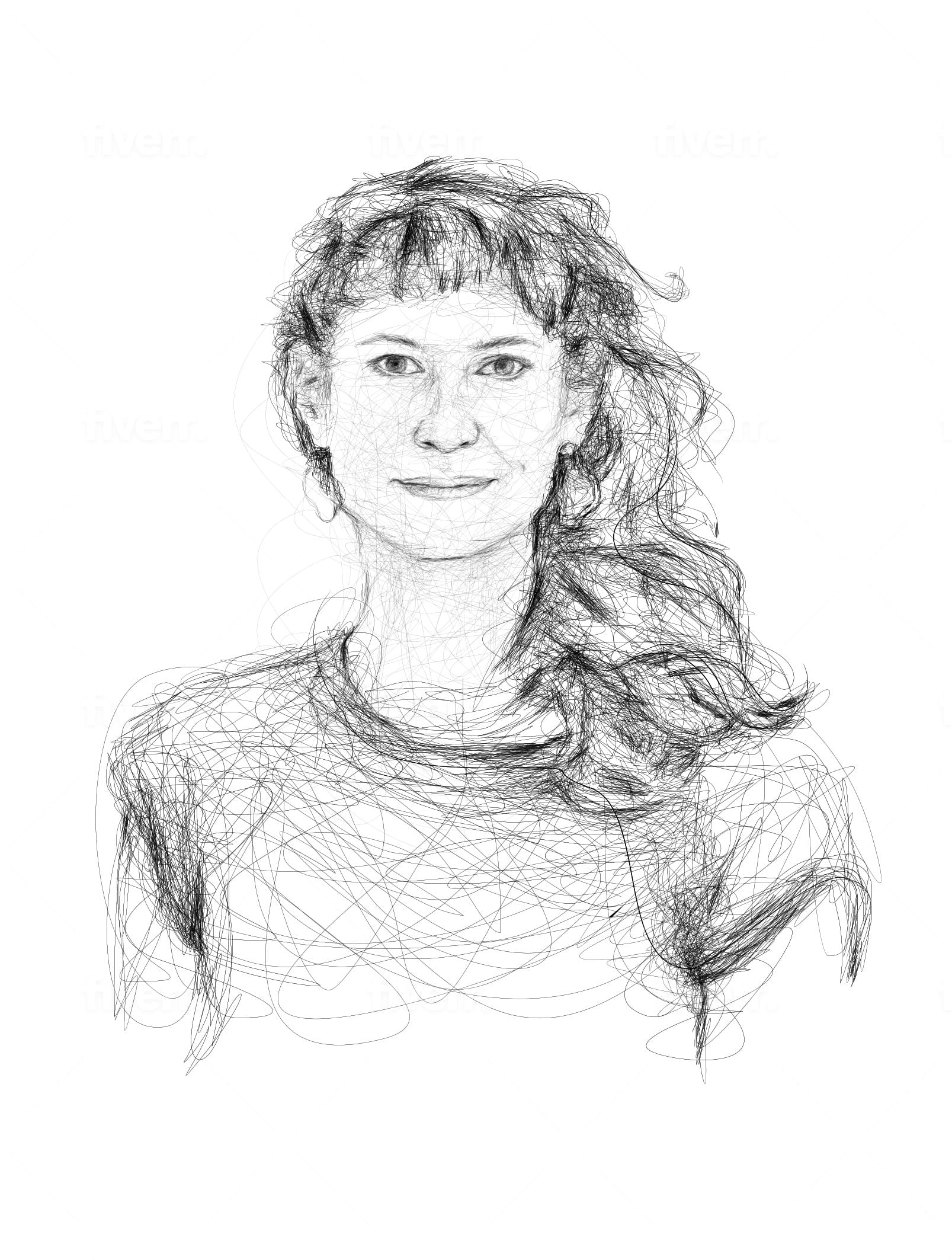3D Printing Coral Reefs with rrreef’s Ulrike Pfreundt
Ulrike Pfreundt is the co-founder of rrreefs, a startup rebuilding coral reefs through 3D printing.
Ulrike Pfreundt is the co-founder of rrreefs, a startup rebuilding coral reefs through 3D printing.

How did you get your start 3D printing coral reefs?
It all started when I met one of my co-founders, Marie Griesmar, at the Federal Institute of Technology in Zurich. I was working there, and she was an artist who had worked with underwater reef structures. I was researching how to engineer surfaces to make them more suitable for coral attachment and growth. We brought our work together, and it became clear that we needed to leave our current jobs and start this venture together.
The 3D printing idea came from Marie because she was researching novel methods of using terracotta in creating underwater reefs. Terracotta, the material we 3D print with, is an excellent substrate underwater. When we think about scale, terracotta or clay is versatile and widely available in vast quantities. You can also print with concrete, but concrete uses a lot of sand, and is generally not water permeable. With terracotta, we can tune the porosity and print it – porosity is needed because the seeping in of water facilitates the growth of the first life, the biofilm. We can also change what organisms grow on the surface after the biofilm by tuning the porosity of the clay, changing the firing temperature, and adjusting the material mix.
How are you transforming clay into life?
We are building the backbone of a new reef. In areas where the reef has degraded, we can rebuild the three-dimensional reef structure. That reef structure is the habitat of all organisms that live in a reef, which accounts for a quarter of all known species in the ocean. It’s different to forest reforestation, which involves planting tiny trees and waiting for them to grow. What we’re doing is like building the entire grown forest, so all the animals can move back in quickly. We’ve seen great results in terms of fish biodiversity and other organisms like crayfish, octopus, and mussels returning within just a few months, some even after days.
In addition, baby corals are 100% dependent on settling on a substrate that is hard and doesn’t move, like a rock, and our bricks provide that surface. Our reefs have a lot of vertical surface area that overhangs and protects corals from sediment, giving them crevices that shield them from predators that want to eat them. These aspects help corals grow on this substrate. You can expect the reefs to be visually overgrown with coral within 5-10 years so that you can’t see our backbone anymore.
Our bricks have a very high surface-to-volume ratio. There is a surface inside and outside, and these surfaces quickly grow a biofilm which includes small algae. Within two to four weeks, you can see the biofilm if you go up close. Since the biofilm is eaten by different fish, sea cucumbers, and lots of tiny critters, they’ll start coming back to the reefs. The food chain is developed through this initial biofilm.
What is the process of rebuilding the reef?
The first step of a typical project is getting in touch with a local NGO. Most of the time, it is a group of people in the country that is dependent on reefs and has already started working on protecting or restoring their coral reefs. They see the need to restore them, and we offer that solution. Instead of growing coral and putting live coral back on a reef, we can rebuild the actual three-dimensional structure that is missing in many of these areas. We also bring in the funds to do the building, but need their help with permitting so we apply for it in collaboration with a local NGO. Often, there are more stakeholders involved, like universities, or different community associations.
Once the permit is obtained, we start finding a customer who wants to sponsor that reef. We mostly work with large companies because they have the budget to support it. In the sustainability programs of larger companies, there is sometimes space for environmental projects like this. Companies can take a pioneering step towards biodiversity, despite it not being a regulatory issue yet. We are grateful to those companies for stepping in and financing these projects with us. We offer them a minimum of three years of impact quantification, so we will measure what’s going on in this newly restored reef every six months. That information is forwarded to them, and they can use it for reports and internal and external communication. We can also produce professional video footage.
Right now, our challenge is that our bricks are still produced in Switzerland. It is not ideal, but we know they are of high quality. We are in the process of setting up local production with a number of 3D printers in the Philippines, which is one of our largest project countries. The time it takes to produce depends on the size of the project, but once that is done, we ship the bricks to the reef site. We have another element – the nauplius – that we use to stabilize the seabed we build on. That is produced locally, usually with community events, over the course of a couple of weeks. Then, part of our team and the local groups start building the reef in the water, usually involving divers and freedivers. In the Philippines, for a 100 square-meter reef, it took about two weeks on site. After that, there is a briefing and knowledge transfer to the local teams, and we leave. Local experts take care of the reef monitoring, and are reimbursed for their efforts.
Can you tell me about your existing projects?
The project that has been in the water the longest is on the island of San Andres in the Colombian Caribbean. We’ve monitored that reef for two and a half years now and it was stunning to see that after three to six months, our diversity index for fish was similar to a natural reef’s diversity after the same amount of time. This shows us that the structural complexity is important for fish. Fish like to hover close to the bricks, protected. There’s research that shows that some fish will react to visual cues in choosing their habitat. If a place is nice and complex, they will go there.
We’ve seen our reefs really work. Even in terms of the settlement of baby coral, we’ve seen twice as many on our surfaces per area than on empty surfaces on the natural reef. What is currently missing in terms of R&D is the direct comparison of the same setup but with different materials. We are testing this in Ecuador to find out if different materials such as concrete or industrial terracotta clay bricks make a difference in diversity. In Ecuador, we installed nine tiny reefs, three with our material, three with industrially produced terracotta building bricks with smaller holes, and three with a second type of industrially produced terracotta but with smaller and differently sized holes. We hope to find out if hole size and material make a difference in our reefs. I expect to find lower fish diversity in the industrial bricks due to the smaller holes.
While we would love to build with industrial bricks, they are a hassle. We often get asked why we 3D print our bricks, it is because we can’t use whatever’s out there or leftovers from construction sites. Doing anything purposeful with industrial material doesn’t really work because you can’t stack it, it doesn’t interlock, and you can’t design anything with it. You can make big piles, but they are likely to work very differently. However, we’ve also built a big pile, so we will know if that works soon.
Do your projects have an aspect of tourism?
Our main task this year and next year is to dramatically reduce the cost of our reefs. We are still at prototyping costs with parts of our implementation, so there is potential for our costs to come down by 70%. We’ve just signed a contract with a big tourism company, as there is a need and desire for ocean-facing and tropical resorts to maintain their reefs. Many of the resorts are seeing their reefs decline or actually crumble off the side of the island. This is happening in the Maldives. We hope to offer not only to rebuild the ecosystem, health, biodiversity, and color but also to contribute to the stability of the coast. Depending on their location, reefs should do that to a certain extent. Therefore, our reefs should be able to mimic that as well.
You can even involve tourists in an education program and have them add their own brick to the system or have them plant coral on top. It can be effective with a coral nursery program that grows corals because if you plant coral on top of our structures, it can help them grow faster. Collaboration can provide greater benefits for the ecosystem.
There is often a lot of despair when thinking about the health of our oceans. How does your work positively impact our future and help people regain hope?
It is wrong to assume that our actions are enough to combat climate change, but something we can do is help coral adapt to warmer water. We can all work together to help corals get through the next couple of decades. We can preserve and conserve as much of the diversity of life we have in these beautiful ecosystems for long enough so that when conditions improve, they can start spreading again on their own. Even with ocean temperatures rising much faster than predicted, there are always survivors. We have a chance to help those survivors survive, as it is better than doing nothing. And the habitat we rebuild, serves all those other reef animals as a home irrespective of whether actual live coral lives on it or not.
There is another hopeful aspect of the marine realm that is important to me. Ecosystems in the ocean have a far faster capacity to recover and generate new life than ecosystems on land. This is very positive for us because if we can protect larger regions of the ocean from fishing and runoff pollution, then those areas can bounce back to their full capacity. We’ve seen that some ocean areas bounce back within 10 years. One aspect of our work that I find really important is the negotiations with governments to create protected areas around the restoration areas that we work in. We try to leverage our projects to promote conservation. The Philippines has been great in doing that together with us, I hope it will be similar in other countries.
Our goal is to rebuild reefs along around 700 kilometers of vulnerable coastline within the next 10 years. That is a lot, and it means we will need to roughly triple our efforts every year. For that, we need the right people to help us scale. If more and more people or companies want to work with us, it will be much easier for us to scale in the coming years. This can include companies that are interested in having a strong biodiversity angle in their sustainability actions, because we can prove that. We can provide real data that shows tangible action.
For everyone else who wants to get involved, you can adopt a brick which will be placed in the water with every reef we build and be combined with the community reef projects. We also have a long expedition planned throughout the tropical Pacific reefs where we will need a lot of scientific volunteers. Details are coming soon, but in the meantime, you can keep an eye out on our homepage and subscribe to our newsletter. We will be looking for many people to sail with us and record data on some of the most beautiful reefs on Earth.
HAUS specializes in public relations and creative services for deep tech startups.




